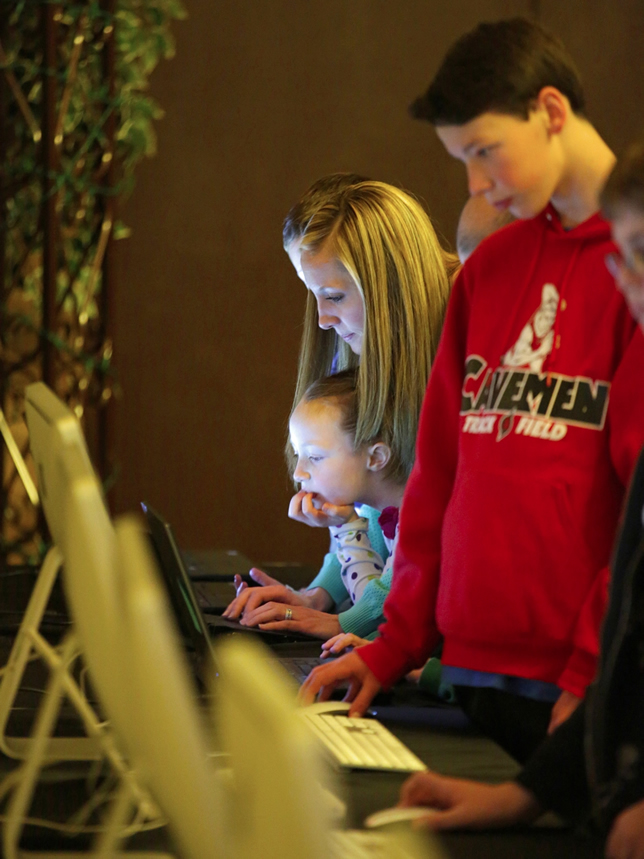Online Game Woos Students to Scientific Process
- By Dian Schaffhauser
- 02/11/15
A new online multiuser game — the first of two developed by two universities and NASA — is designed to help persuade middle and high school students to immerse themselves in science. DUST asks players to interact with a fictional world by using real world media and skills. As shown in a video trailer on the DUST site, a meteor shower has spread "mysterious clouds of dust into the Earth's atmosphere," making adults fall unconscious. It's up to the young people to search for answers that will save their parents' lives.
The game was a joint production developed by students at Brigham Young University in Provo, UT and the University of Maryland in College Park, as well as engineers from NASA Langley in Virginia and NASA's Goddard Space Flight Center in Maryland. Provo-based Tinder Transmedia provided story line and production services. The work was funded by multiple grants from the National Science Foundation.
This "alternate reality game" is the first of two planned by the work group. Each stage of the game will be based on the Next Generation Science Standards and aimed at wooing girls and other groups not known for their large representation in science and technology.

Alternate reality games use the real world as a backdrop. Players sign onto a Web site to interact with characters and use online sites, social media apps, email, cell phones, museums and other materials to collaborate with each other and solve mysteries or puzzles.
The game is highly interactive, giving players the chance to perform collaborative investigations in the real and the virtual world. They'll collect scientific data, conduct data analysis and upload scientific evidence to help solve the questions posed in the story.
Over the course of seven weeks, participants will receive new parts of the story and science clues two to three times a week through social media, email and game apps. Players will work in community to add input, guide outcomes, do research and suggest solutions for rescuing the adult victims.
Noted Brigham Young U Professor and Game Team Lead Derek Hansen, "Researchers on the project are studying how alternate reality games can serve as novel learning platforms that promote STEM learning and encourage teenagers to pursue STEM careers."
"In DUST there are no fixed outcomes," said Bill Cirillo, the NASA Langley Research Center aerospace engineer who started working on the project almost two years ago. "It's up to the students to move the story along and do problem solving using the scientific method and critical thinking skills."
"It's nice to be involved in an innovative gaming effort that embraces scientific complexities," added Mark Lupisella, an engineer at Goddard who has worked on DUST for a year.
To make sure the games worked for their target audiences, the development teams tested them among students at middle schools in Washington, D.C. and Provo. Eventually, the project will release supplementary materials and lesson plans. Researchers will perform analytics from the data generated through play to examine the two approaches to alternate reality game design, one that's open-ended and relies on user-generated content and the other close-ended and "narrative rich."
About the Author
Dian Schaffhauser is a former senior contributing editor for 1105 Media's education publications THE Journal, Campus Technology and Spaces4Learning.